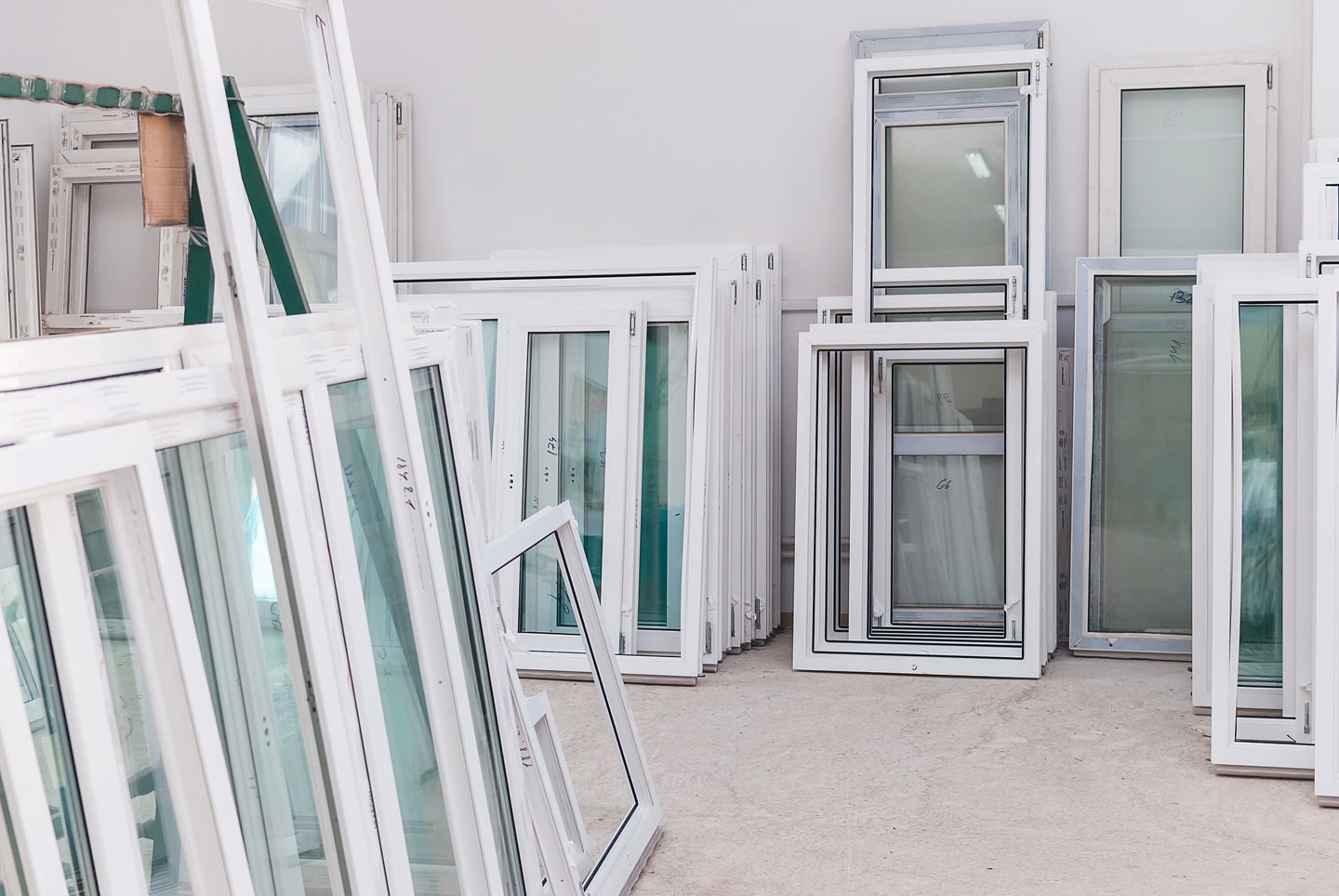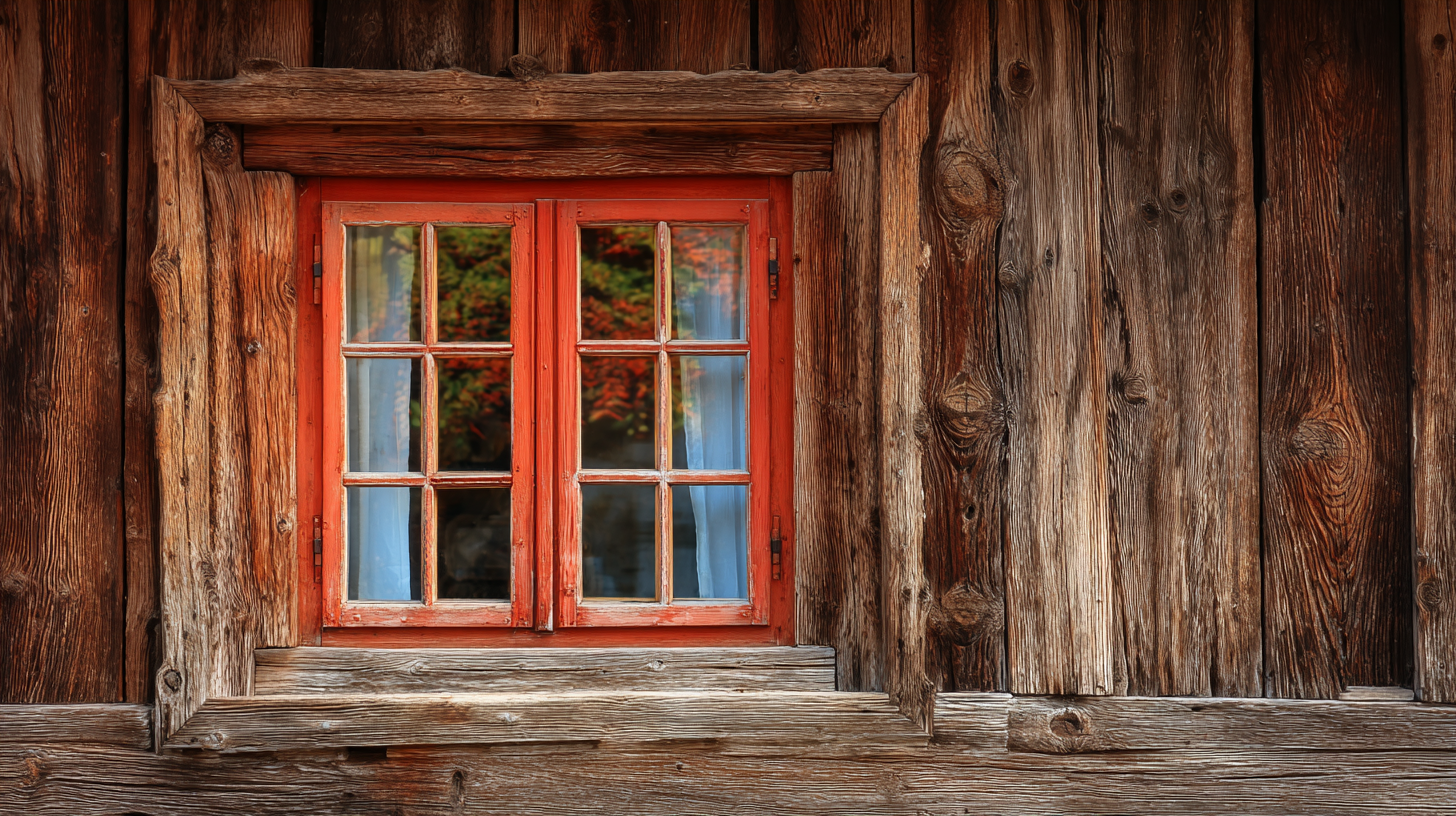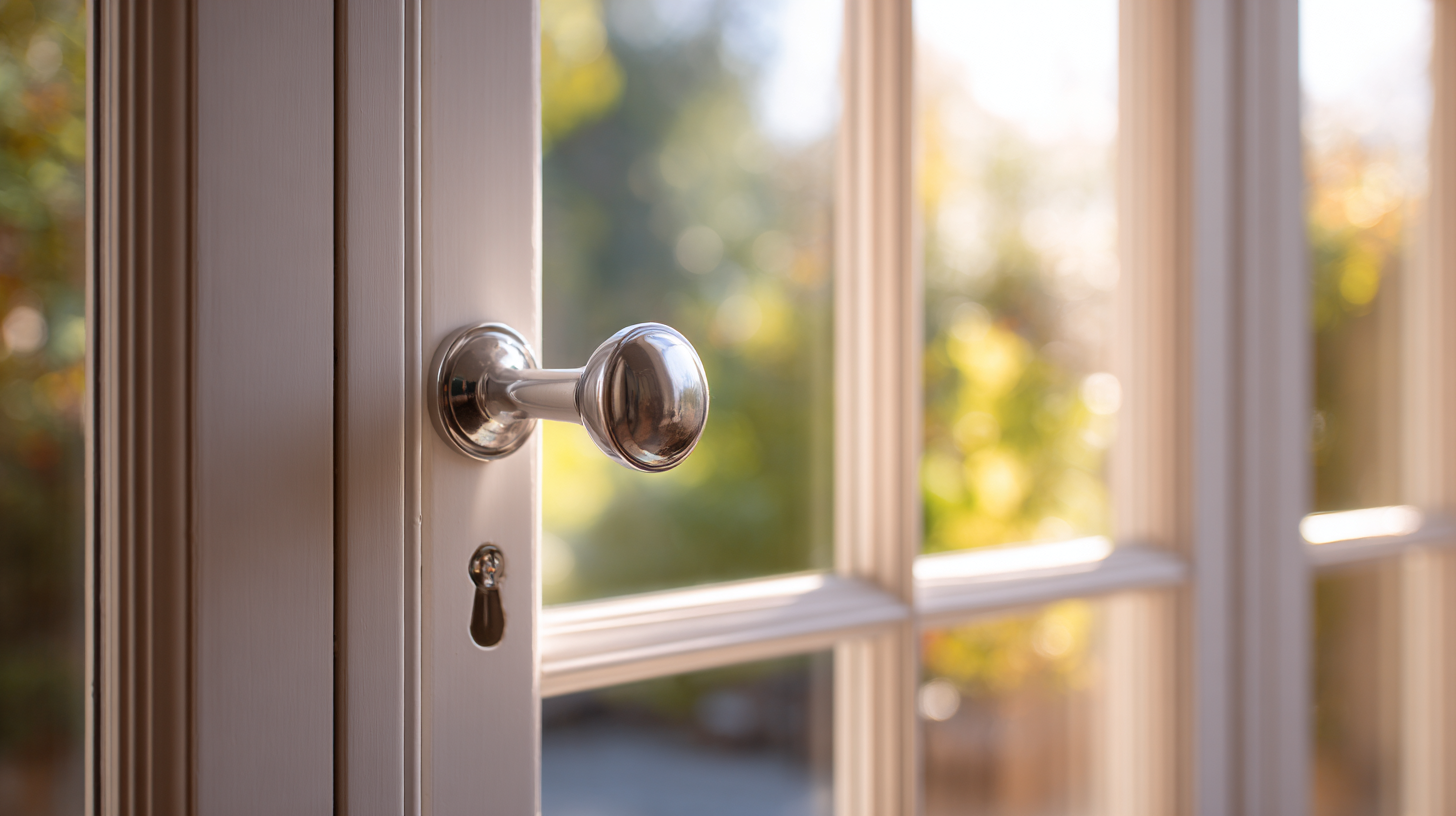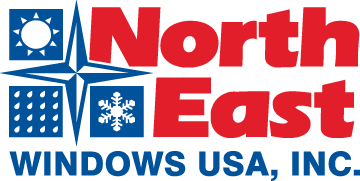
7 Essential Tips for Choosing the Best Insert Windows for Your Global Procurement Needs
Choosing the right insert windows for your global procurement needs can be a daunting task, given the multitude of options available in the market today. Insert windows not only serve essential functional purposes but also contribute significantly to the aesthetic appeal and energy efficiency of your projects. In this ultimate guide, we will explore seven essential tips that will help you navigate the complexities of selecting the best insert windows. Whether you are an architect, contractor, or industry professional, understanding the critical factors such as material, design, and cost-effectiveness will empower you to make informed decisions. By the end of this guide, you will be equipped with valuable insights to enhance your procurement strategies while ensuring that your insert windows meet the specific demands of your projects.

Key Factors to Consider When Selecting Insert Windows for Global Markets
When selecting insert windows for global markets, it’s crucial to consider several key factors that align with current trends and technologies. First and foremost is the growing demand for sustainable building materials. Recent studies have shown that sustainable innovations not only enhance performance but also comply with new regulations and consumer preferences. For example, the global green building materials market is projected to reach $364 billion by 2025, influenced by technological advancements and a shift towards eco-friendly solutions. This trend underscores the importance of selecting insert windows that meet sustainability criteria, ensuring compliance with future market demands.
Another essential factor to consider is the adaptability of insert windows to various climate conditions. With the rise of advanced industries, particularly in regions like Asia, the need for windows that provide excellent insulation and energy efficiency is paramount. Data from the International Energy Agency indicates that improving insulation can lead to energy savings of up to 30% in residential buildings. Therefore, procuring insert windows that feature high-performance glazing and robust weather resistance can significantly impact overall energy consumption and attract environmentally conscious buyers. As the global market evolves, these considerations become increasingly important for successful procurement strategies.

Understanding Product Specifications: Essential Technical Parameters for Insert Windows
When selecting insert windows for global procurement, understanding product specifications is crucial. One of the essential technical parameters to consider is the frame material. Options such as vinyl, wood, and aluminum each have unique characteristics impacting durability, insulation, and maintenance. For instance, vinyl windows offer excellent energy efficiency and require minimal upkeep, while wood provides a classic aesthetic but may demand more regular maintenance to prevent rot and warping.
Another key specification to evaluate is the energy efficiency rating, often indicated by the U-factor and Solar Heat Gain Coefficient (SHGC). The U-factor measures the rate of heat transfer, and a lower U-factor signifies better insulation properties. Meanwhile, the SHGC indicates how well the window blocks heat from sunlight. For regions with extreme temperatures, choosing windows with low U-factors and appropriate SHGC values can significantly reduce energy costs, making it essential for procurers to match window specifications with local climates.
Additionally, consider the glazing options available. Double or triple glazing can enhance thermal performance, while low-emissivity (Low-E) coatings can further increase energy efficiency by reflecting heat. Understanding these technical parameters will empower procurement professionals to make informed decisions, ensuring the insert windows chosen not only meet aesthetic needs but also deliver optimal performance in diverse environments.
7 Essential Tips for Choosing the Best Insert Windows for Your Global Procurement Needs - Understanding Product Specifications: Essential Technical Parameters for Insert Windows
| Parameter | Importance | Recommended Specification | Typical Range |
|---|---|---|---|
| Frame Material | Durability & Energy Efficiency | Vinyl or Engineered Wood | Vinyl: >20 years, Wood: >30 years |
| Glazing Type | Insulation Properties | Low-E, Triple Glaze | Double: U-value ≤ 0.30, Triple: U-value ≤ 0.20 |
| Window Size | Fit and Versatility | Custom Size Options | Standard Sizes and Specials |
| Thermal Performance | Energy Savings | ENERGY STAR Certified | U-value ≤ 0.30 |
| Air Leakage Rate | Comfort & Efficiency | ≤ 0.3 cfm/ft² | < 0.3 cfm |
| Warranty Period | Long-term Assurance | 10+ Year Warranty | 10 to 30 years |
| Installation Quality | Performance Retention | Professional Installer Recommended | Properly Sealed and Insulated |
Top Types of Insert Windows: Comparing Styles and Their Best Uses
When it comes to selecting the right insert windows for global procurement, understanding the various styles available can significantly impact your decision. First, consider double-hung insert windows. They are known for their classic aesthetic and functionality, allowing for easy cleaning and ventilation through both the top and bottom sashes. These windows are ideal for residential projects and can seamlessly fit into traditional architectural designs.
Another popular option is casement insert windows. They are hinged on one side and open outward, providing excellent airflow and unobstructed views. These windows are perfect for modern designs, especially in areas that require maximum natural light. When choosing casement windows, ensure they can withstand the environmental conditions of your project location.
Lastly, sliding insert windows offer a space-saving solution while providing ease of use and smooth functionality. They are suitable for larger openings and can enhance contemporary designs. To make the best choice, evaluate the specific needs of your procurement project, including aesthetics, functionality, and climate conditions. By keeping these tips in mind, you can ensure that your insert windows serve both purpose and style effectively.
Evaluating Digital Features: Smart Technology Integration in Insert Windows
When selecting insert windows for global procurement, it's crucial to consider the role of digital features, particularly the integration of smart technology. The modern workplace requires solutions that not only fit physical needs but also enhance operational efficiency. Utilizing smart technology in windows can ensure better energy management, security, and user experience. For instance, windows that can be monitored and controlled via mobile apps provide convenience in managing light and heat within a space, thus allowing for better environmental control.

To make the best choice, start by assessing the specific needs of your organization. Look for windows that support automation and can be integrated with existing building management systems. This will not only streamline operations but also contribute to sustainability goals. Additionally, researching user-friendly interfaces and compatibility with other smart devices can significantly enhance the overall functionality.
Another important tip is to prioritize brands that offer robust after-sales support and regular updates for their smart technology. This ensures longevity and adaptability, allowing your investment to evolve with future technological advancements. Properly integrating these features can lead to a more productive and strategic work environment.
Cost vs. Quality: Making Smart Procurement Decisions for Insert Windows
When it comes to global procurement for insert windows, the balance between cost and quality is crucial. Making smart decisions not only enhances the value of your investment but also ensures long-term satisfaction. One essential tip is to thoroughly assess the material quality of the windows. High-quality materials resist wear and tear, reducing the need for replacements or repairs in the future. This upfront investment can save you considerable costs down the line.
Another vital consideration is the supplier’s reputation and reliability. Opting for a supplier known for quality products may come with a higher initial price but can significantly reduce risks associated with poor performance or service failures. Look for reviews and case studies to better understand their track record. Additionally, engaging in open communication with potential suppliers can uncover more about their commitment to quality assurance and customer support. Balancing these factors will guide you toward making informed procurement decisions that prioritize both cost-effectiveness and quality durability.

